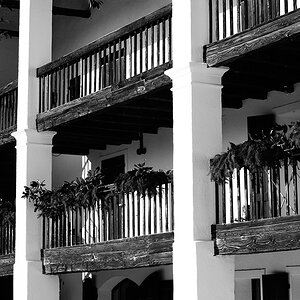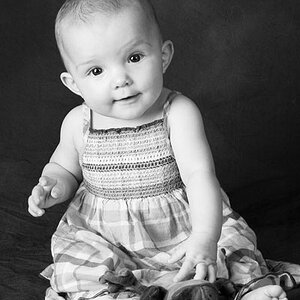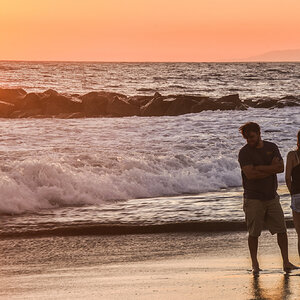I'm torn between the Sony alpha 200 and the alpha 300. One difference is that the 200 does not have a live view lcd but it does have a better viewfinder. It is the opposite with the a300. Both are on special today with two lens...a200 is $549 and the a300 is $599. I really have been impressed with the Sony cameras from what I've seen and read. Any advice between the two? Also, does anyone think I am waaaayyyy off base and need to consider another brand/model.
Happy Holidays Frank
Happy Holidays Frank




![[No title]](/data/xfmg/thumbnail/37/37602-1ef8dbb1c2d0e4ff347ee65d328c3603.jpg?1619738147)

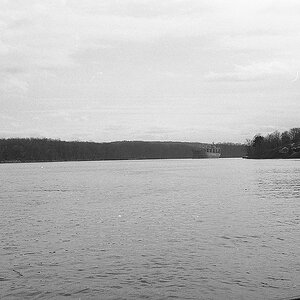
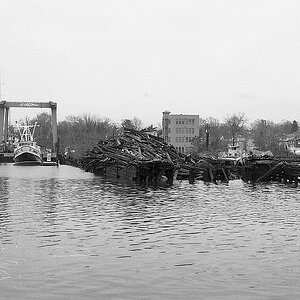
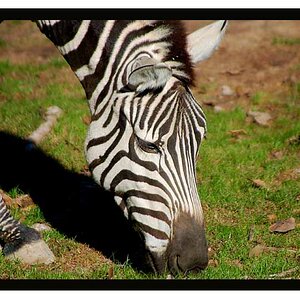
![[No title]](/data/xfmg/thumbnail/37/37606-3c9ffb5906173fa2aa489341967e1468.jpg?1619738148)

